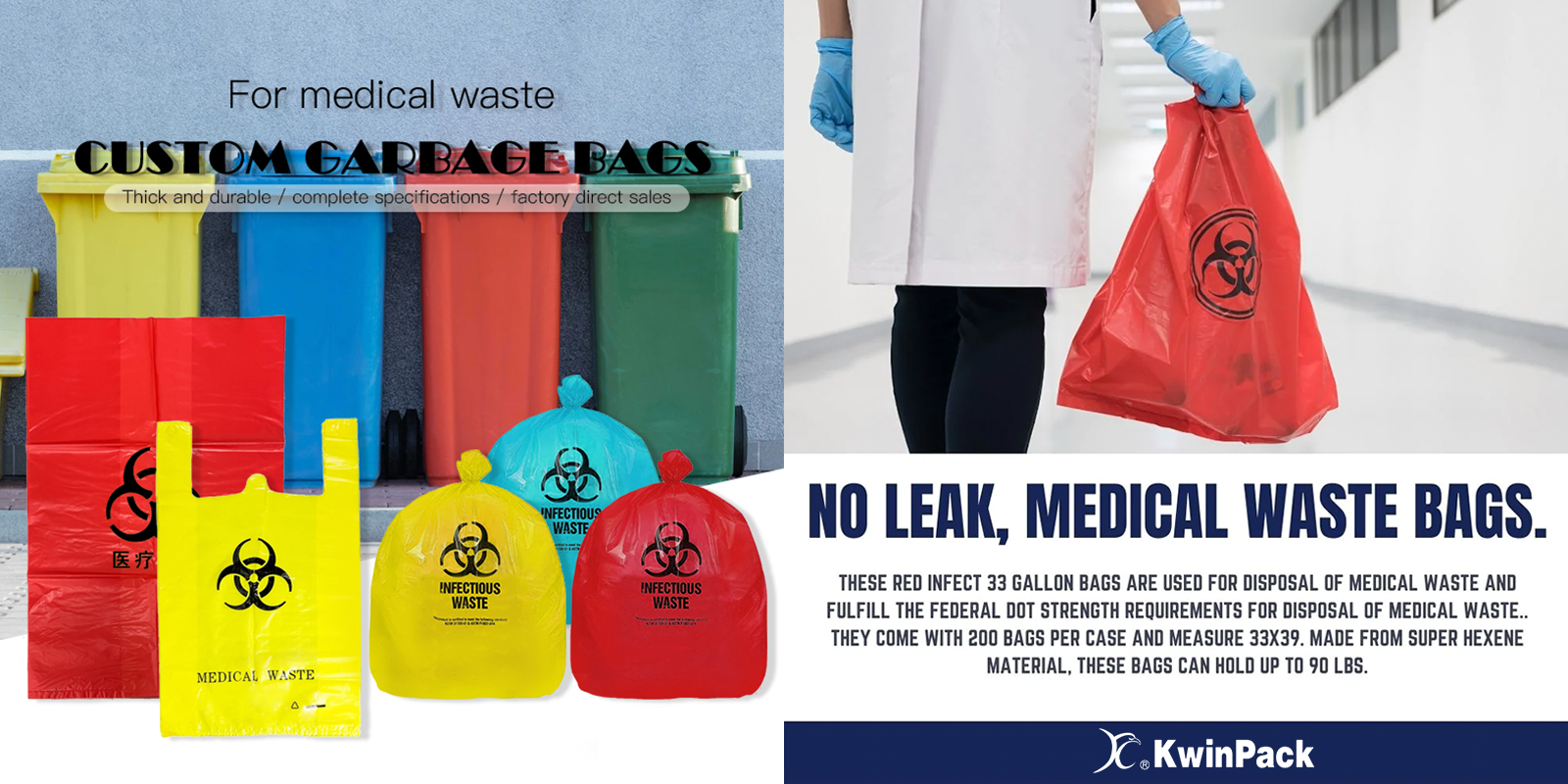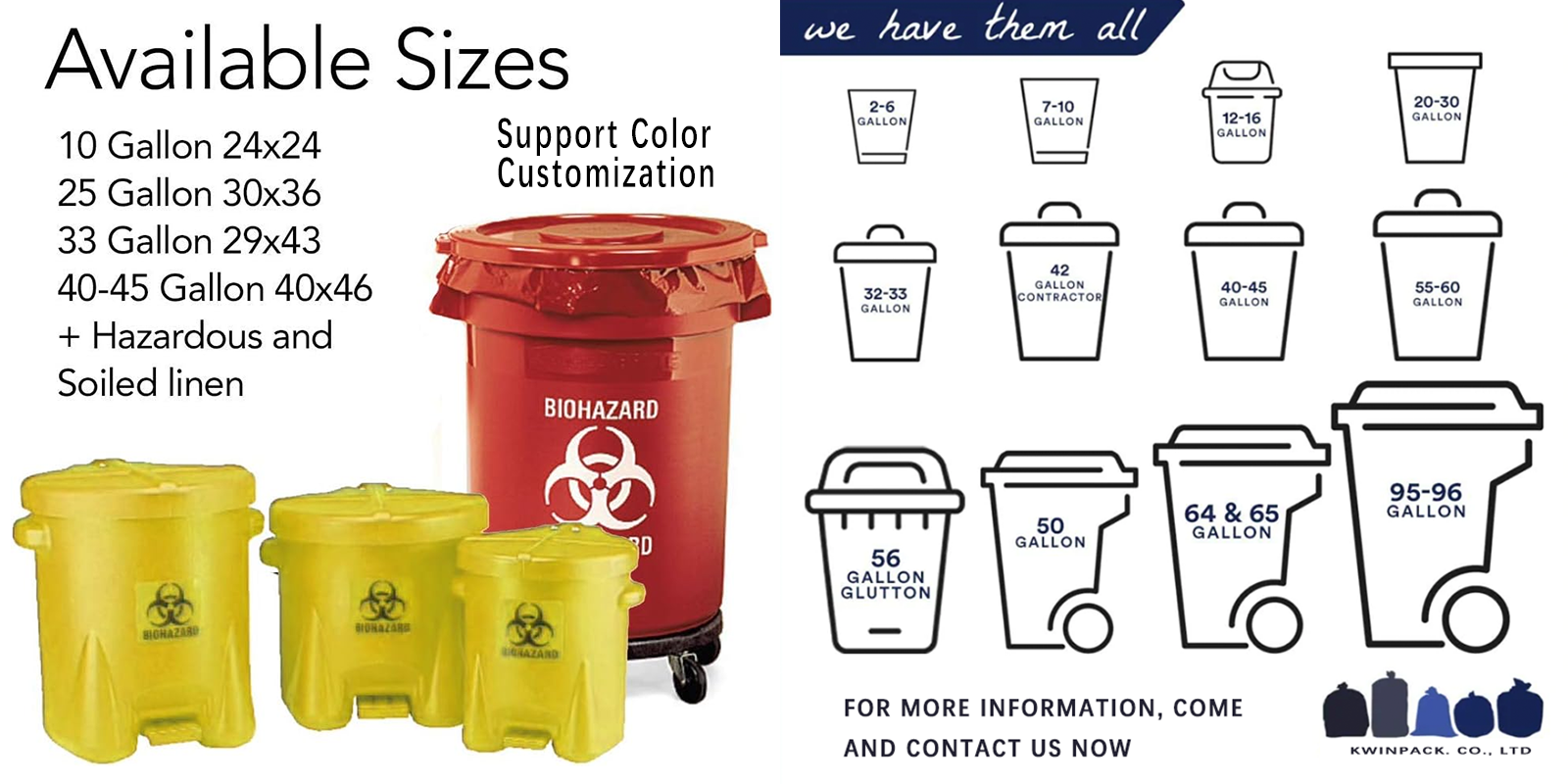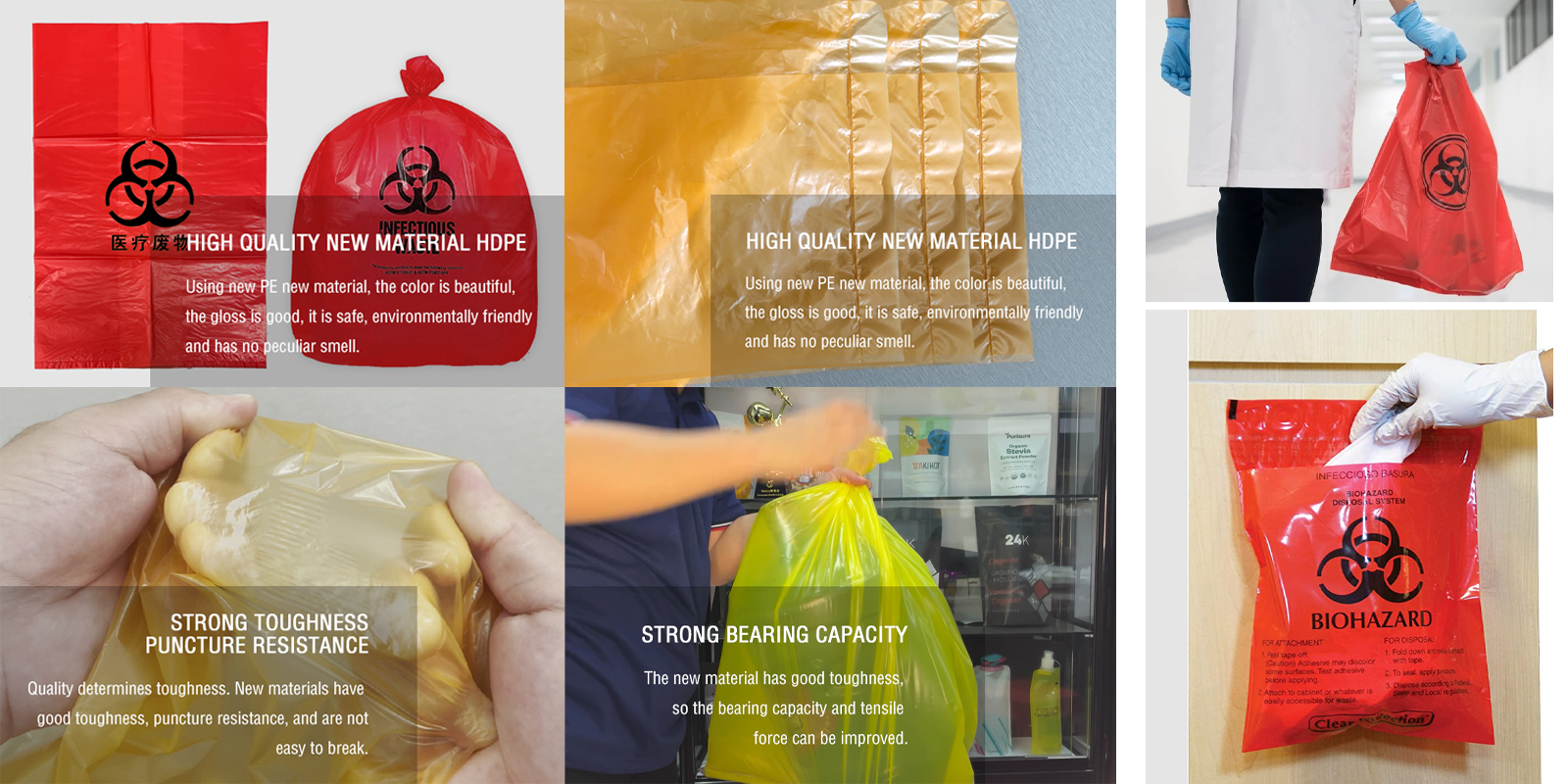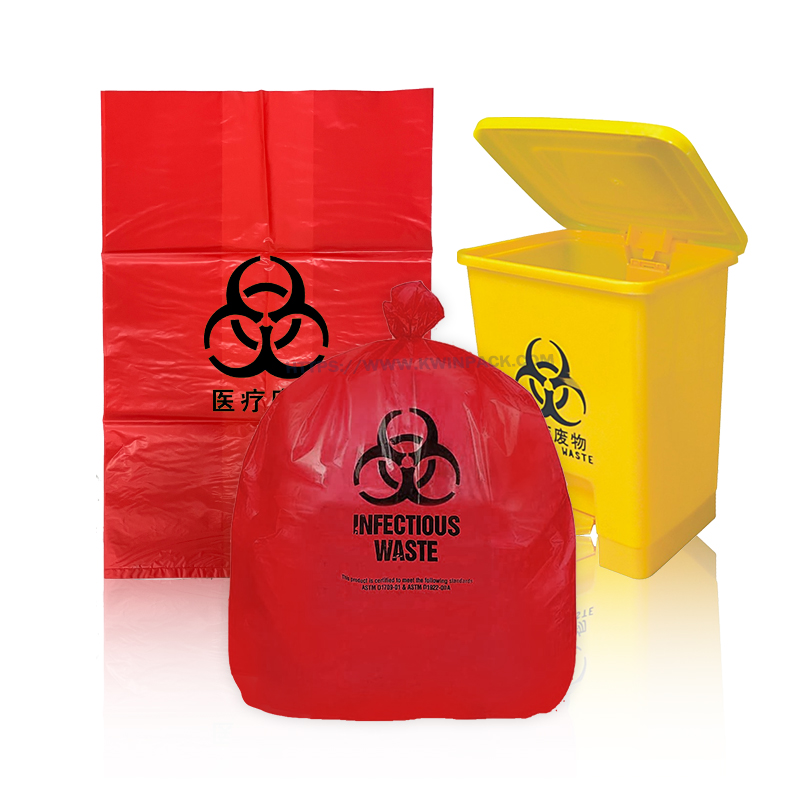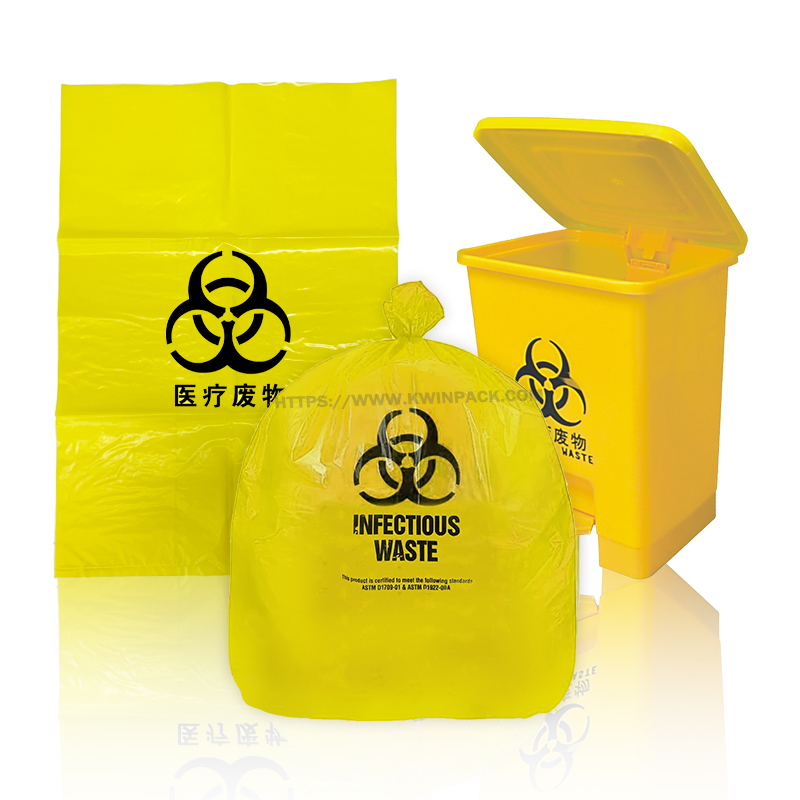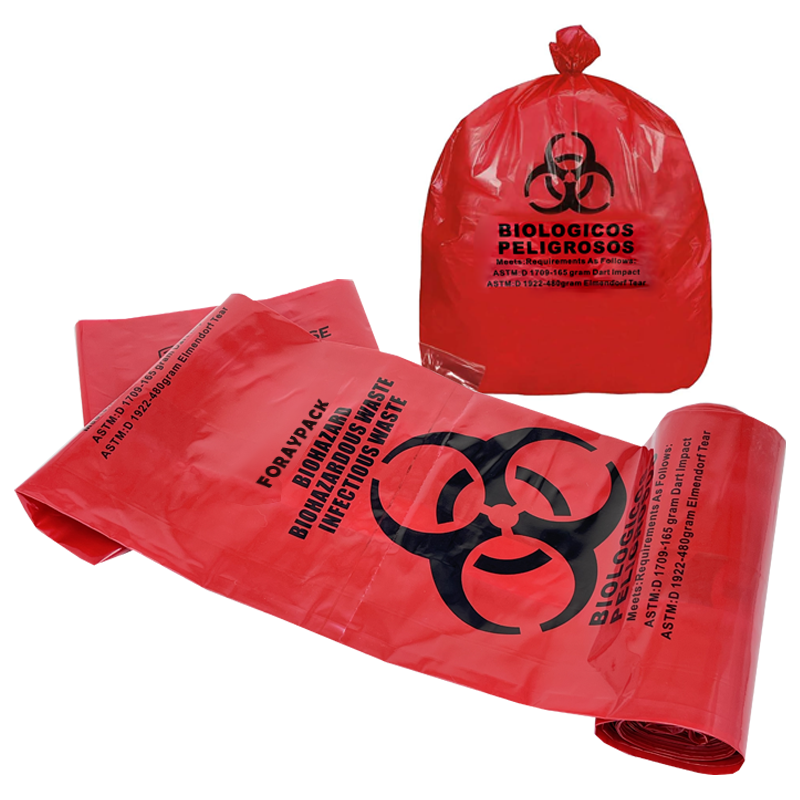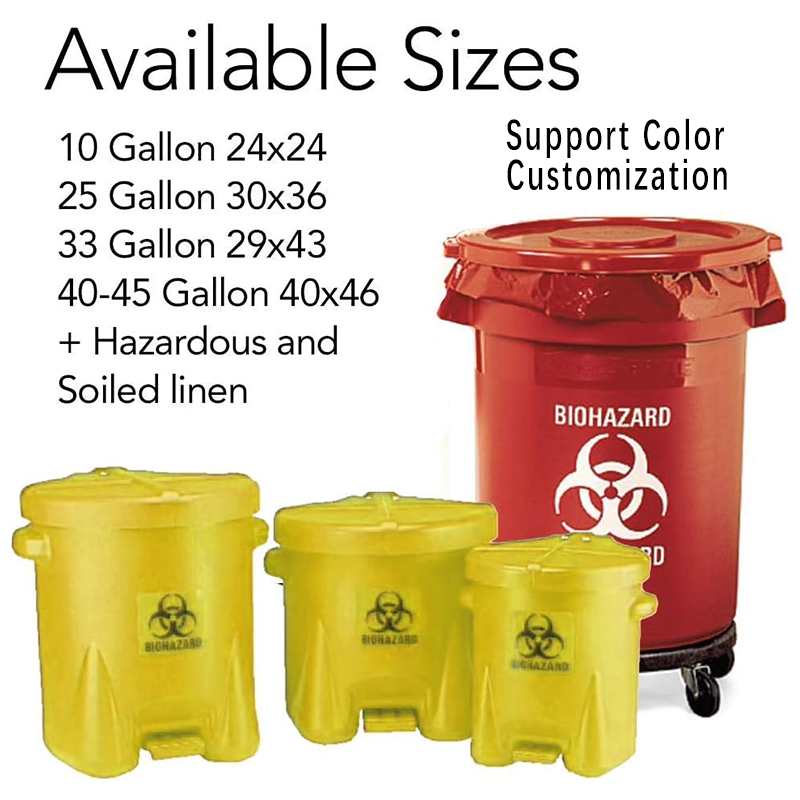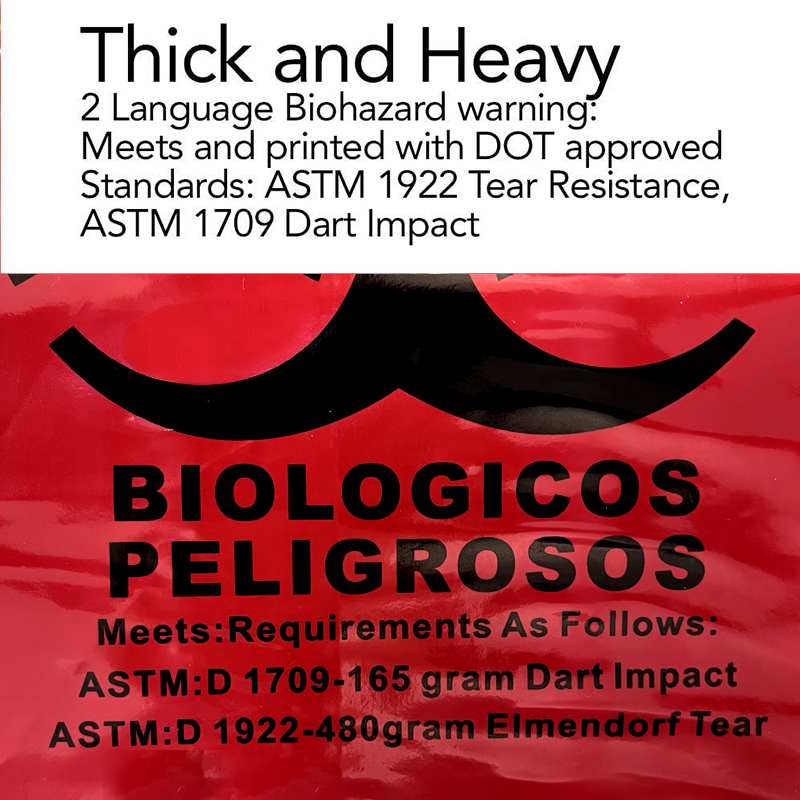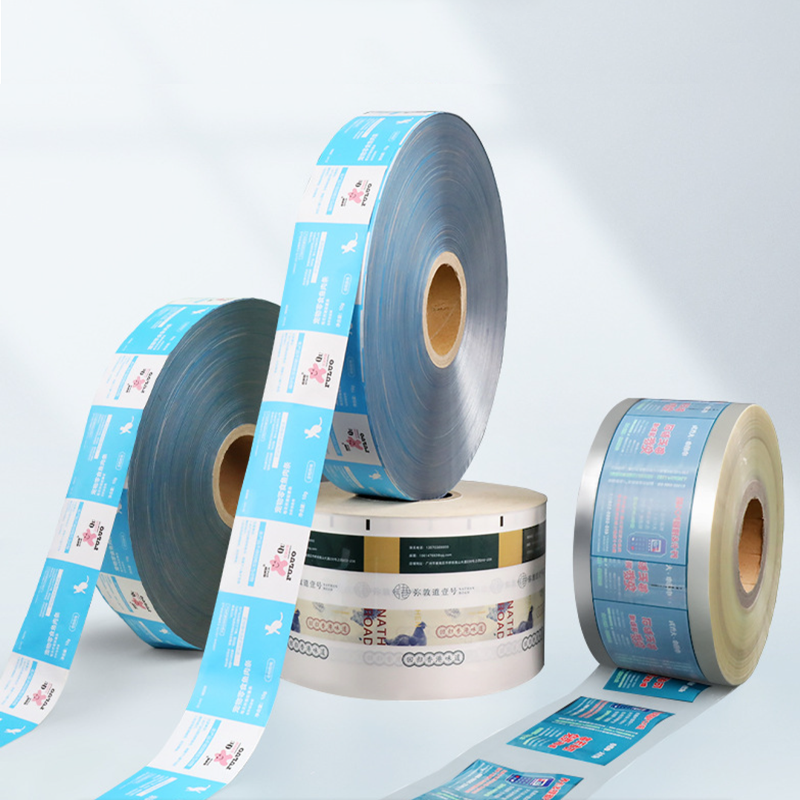Our high-visibility medical waste bags are marked with the international biohazard symbol, or you can choose to custom print with your specific requirements. Each pre-printed biohazard trash bag is printed with English and Spanish messages to ensure proper handling and safety.
What is Medical Waste?
Medical waste, often referred to as healthcare waste, is a broad category encompassing all waste materials generated by healthcare facilities, medical research laboratories, and veterinary hospitals. It is a complex and diverse waste stream that, due to its potential to cause infection or injury, requires specialized handling and disposal procedures.
The World Health Organization (WHO) categorizes healthcare waste into several key types, each posing unique challenges and demanding specific disposal protocols. Approximately 85% of healthcare waste is general, non-hazardous waste, similar to domestic refuse. However, the remaining 15% is considered hazardous material that may be infectious, toxic.
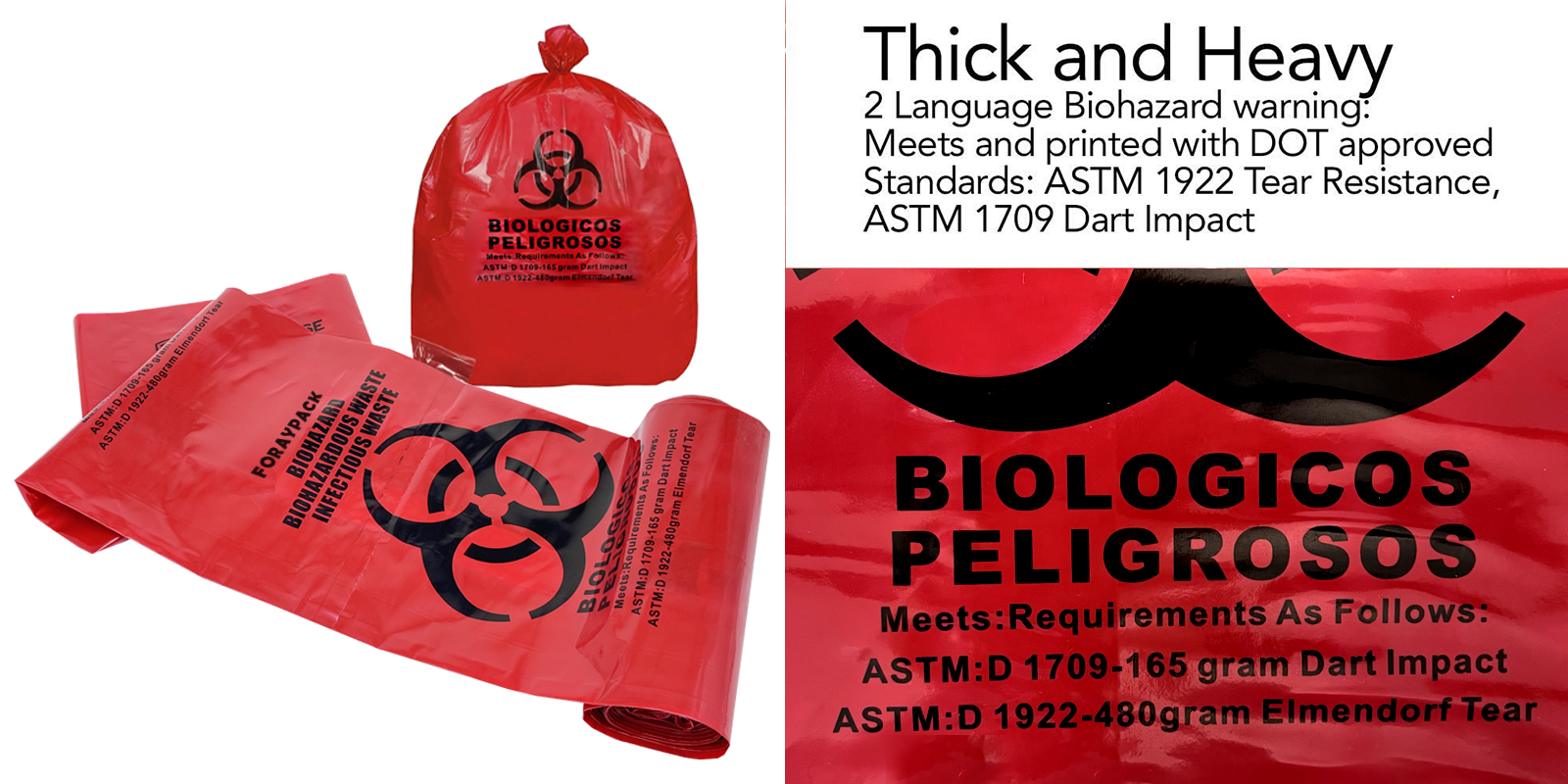
Key Categories of Medical Waste
Infectious Waste: This category includes waste contaminated with blood and blood products, cultures and stocks of infectious agents, waste from isolation wards, discarded diagnostic samples, and infected animals from laboratories. This is perhaps the most critical category, as it poses a direct threat of disease transmission.
Pathological Waste: Human tissues, organs, body parts, and fluids, as well as animal carcasses, are classified as pathological waste. This type of waste often requires incineration due to its biological nature.
Sharps Waste: This includes needles, syringes, scalpels, lancets, broken glass, and any other items that can cause cuts or puncture wounds. Sharps are particularly dangerous due to their potential to transmit bloodborne pathogens like HIV, Hepatitis B, and Hepatitis C.
Pharmaceutical Waste: Expired, unused, contaminated pharmaceutical products, vaccines, and sera fall under this category. This can include cytotoxic drugs used in chemotherapy, which are highly hazardous.
Genotoxic Waste: Waste containing substances with genotoxic properties, such as cytotoxic drugs, can be highly hazardous and mutagenic, teratogenic, or carcinogenic.
Chemical Waste: This includes discarded chemicals from diagnostic and experimental work, cleaning, housekeeping, and disinfecting procedures. It can range from hazardous chemicals (e.g., mercury, solvents) to non-hazardous ones.
Radioactive Waste: Waste containing radioactive diagnostic or therapeutic materials.
Non-Hazardous or General Waste: This constitutes the majority of healthcare waste and is comparable to domestic waste, including office paper, food wrappers, and general refuse that has not come into contact with hazardous materials.
Responsibility
Unwavering commitment to product excellence: Quality is the cornerstone of Kwinpack. From sturdy biohazard waste bags to specialized specimen and vomit bags, every medical waste bag undergoes strict quality control.
This commitment drives us to manufacture every product according to precise specifications, using high-quality materials to ensure excellent strength, leak resistance, and durability.
